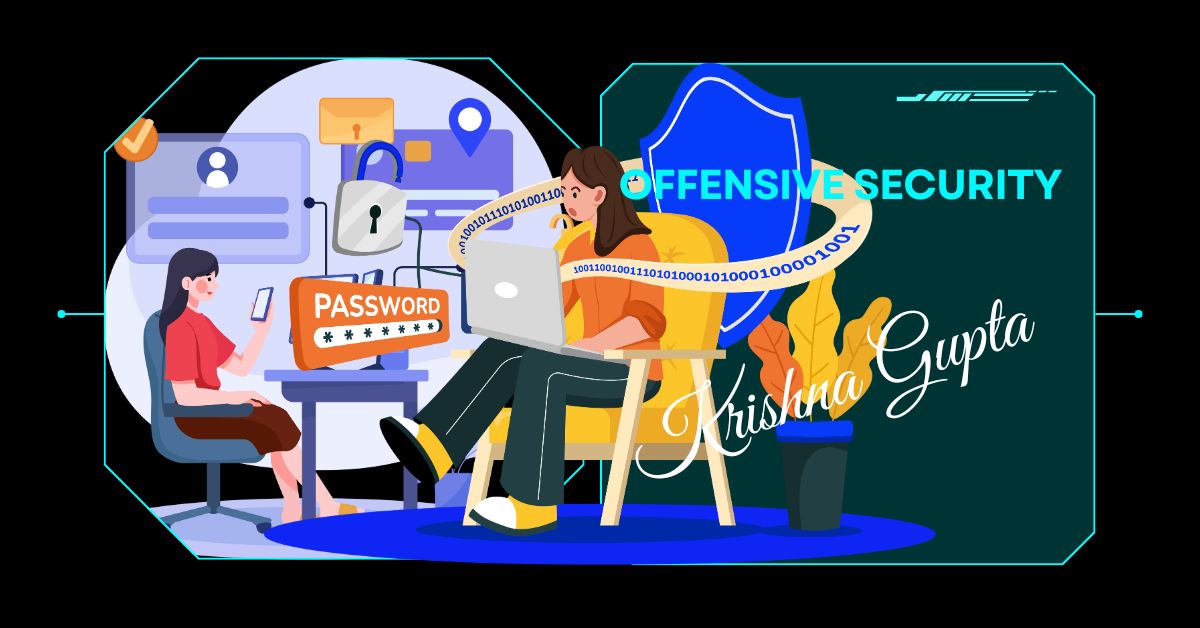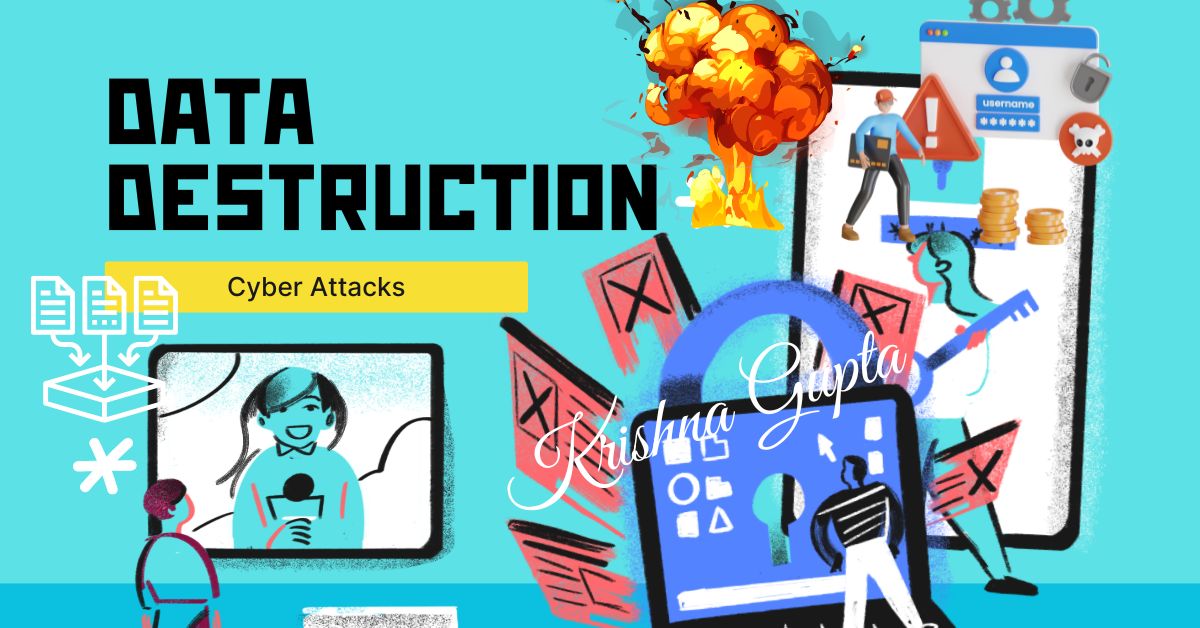Penetration Testing the ELK Stack: Ensuring Security in a Data-Driven World
For businesses leveraging the ELK Stack for log management, search, and analytics, penetration testing is an essential practice to ensure the security of sensitive data and maintain the integrity of operations. By understanding the security concerns, adopting proactive testing methodologies, and implementing appropriate remediation strategies, C-suite executives can safeguard their organisation’s data infrastructure from evolving cyber threats.
Penetration testing the ELK Stack should be seen as an ongoing process, integrated into regular security audits and monitoring practices. By doing so, businesses can confidently harness the power of the ELK Stack, knowing they are prepared to handle any security vulnerabilities that may arise.




